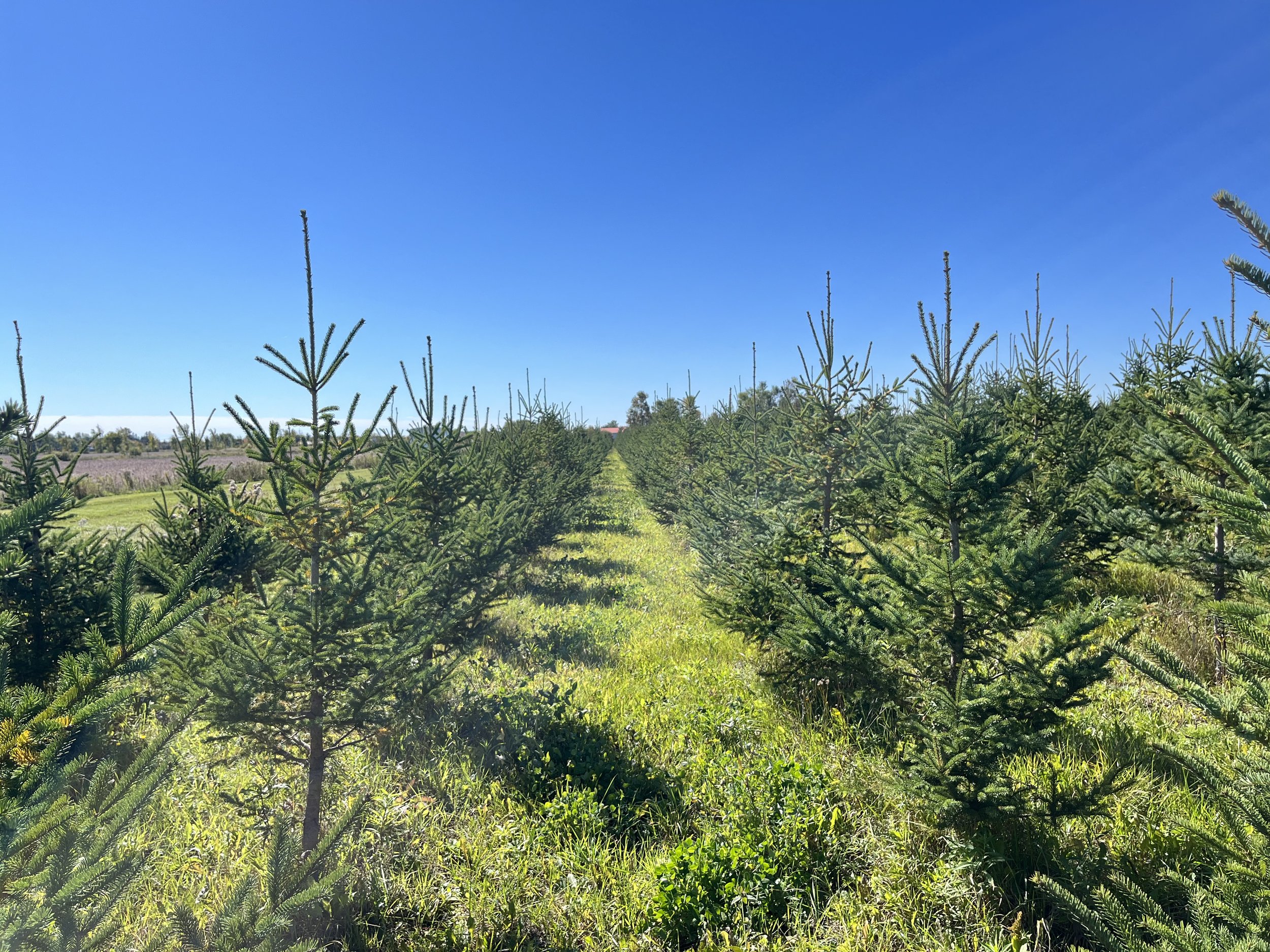
Our activities
Genomic selection approaches can be used to improve tree breeding through predicting genetic values for economically important traits such as growth, wood density and pest resistance.
However, obtaining large amounts of phenotyping data using ground truthing is a major bottleneck hindering the rapid identification of adaptive traits.
Ground measurements:
leaf spectral reflectance
chlorophyll fluorescence
photosynthetic pigment analysis
Therefore, we aim to develop and deploy a precision high throughput phenotyping approach which involves using leaf and canopy hyper-spectral (HSL) reflectance data collection using a drone-based system.
This system relies on the use of HSL and Light Detection and Ranging (LiDAR) sensors to measure leaf reflectance spectrum resulting from the interaction of the plant canopy with incoming solar radiation. For plant and vegetation studies, the wavelengths between 400–2500 nm are of interest.
These measurements can be used to calculate a carotenoid-based vegetation index, the Chlorophyll Carotenoid Index (CCI), which can be used in combination with photosynthetic reflectance index (PRI) to correspond with gross primary productivity (GPP) of conifers on long- and short-time scales during different seasons of the year and in adult trees as well as in conifer seedlings.
HSL Measurements:
PRI
NDVI
NDWI
CCI
LiDAR Measurements:
Tree Heights
Tree Crown Diameter
Previously, trees in 20-year old white spruce plantations with 2k genotypes were genotyped with 5K SNPs by NRCan.
To assess the adaptive traits in these adult white spruce breeding populations, we will investigate:
Phenology as the most consistent and highly heritable trait for adaptation.
Tree Height and Crown Diameter
The LiDAR/hyperspectral drone system will provide structural features at the cm scale to derive tree height, canopy structure and growth, and hyperspectral data on leaf physiological and phenological processes. Both types of data will be used to derive phenotypes as proxies for adaptive traits.





